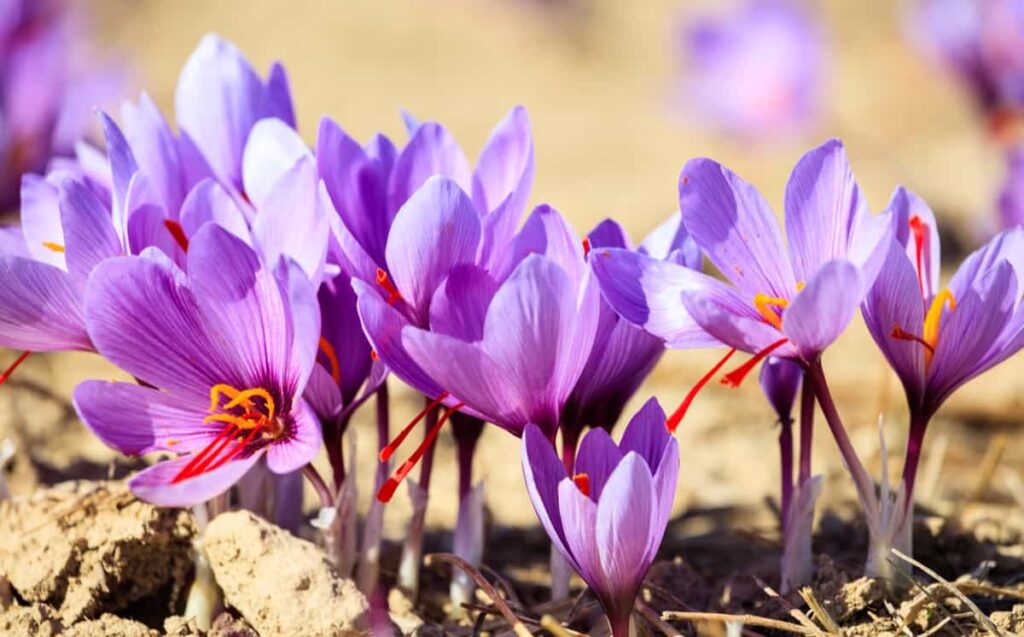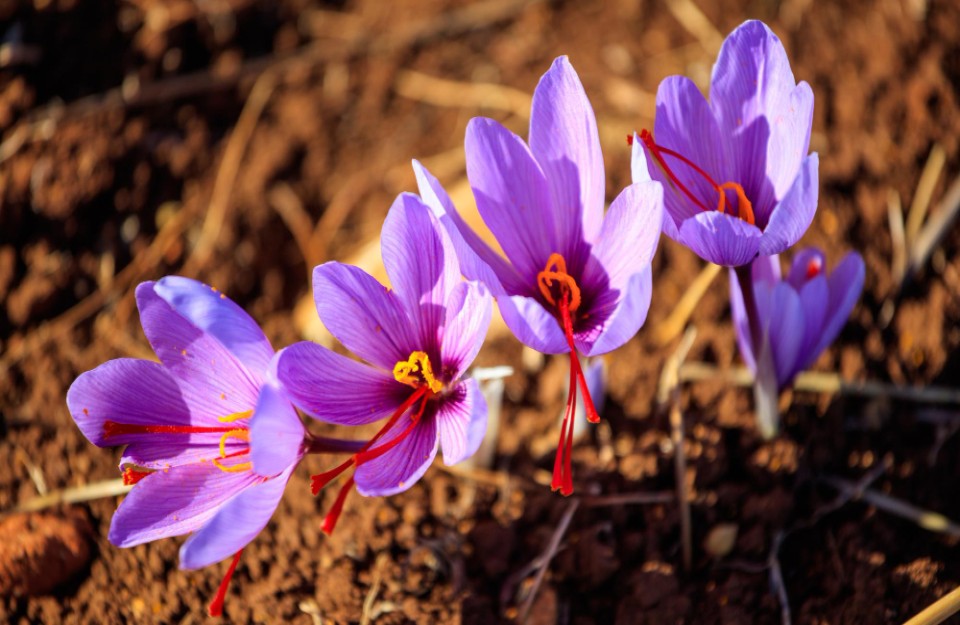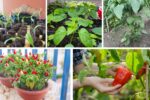Saffron, often referred to as “red gold,” is the most expensive spice globally, with prices ranging from $500 to $5,000 per kilogram depending on quality and origin. Derived from the stigmas of Crocus sativus, saffron requires an intense labor force and meticulous care to cultivate. It takes around 75,000 saffron flowers to yield just one pound of dried saffron, making it one of the most labor-intensive and precious crops.
As global demand rises due to its culinary, cosmetic, and medicinal uses, countries that specialize in saffron farming are experiencing a surge in profitability. This article explores the top saffron-producing nations and examines why growing saffron has become a lucrative agricultural venture.
Understanding the Saffron Plant and Its Value

Before delving into global leaders, it’s important to understand what makes saffron so valuable:
- Labor-Intensive Harvesting: Each flower has only three stigmas. Workers must handpick flowers early in the morning and delicately separate the stigmas.
- Climatic Requirements: Saffron thrives in regions with dry summers and mild winters, limiting its cultivation to specific zones.
- Multipurpose Usage: Saffron is used in cooking, dyes, traditional medicine (such as Ayurveda and Chinese medicine), and even in modern pharmacological studies.
1. Iran: The Undisputed Global Leader

Production Volume and Market Share
Iran accounts for over 90% of the world’s saffron production, making it the undisputed leader. With approximately 300 tons produced annually, Iran dominates global exports, especially to Europe, the Gulf, and Asia.
Why It’s Profitable in Iran
- Low Labor Costs: The manual labor required is economically feasible due to lower wage levels.
- Favorable Climate: The Khorasan province offers ideal conditions with dry summers and temperate winters.
- Government Support: Initiatives such as cooperative societies and export incentives boost profitability.
Challenges
Despite dominance, Iranian saffron faces issues with counterfeit products and dependency on bulk exports, often being repackaged in foreign countries under different labels.
2. India: A Niche but Premium Producer

Famous Region: Kashmir
India is a small but significant player. The Pampore region in Kashmir is known for producing some of the highest quality saffron globally, with exceptional aroma and deep red color.
Profitability Factors
- Premium Quality: Indian saffron fetches high prices in domestic and niche international markets.
- Government GI Tag: In 2020, Kashmiri saffron received a Geographical Indication (GI) tag, enhancing its authenticity and value.
Challenges
- Climate Change: Unpredictable weather patterns have led to reduced yields in recent years.
- Competition from Imports: Cheap Iranian saffron floods the Indian market, undermining local growers.
3. Spain: Europe’s Saffron Powerhouse
La Mancha: Saffron with Heritage
Spain, particularly the La Mancha region, is known for high-quality saffron with strict regulations and EU-backed quality certifications.
What Makes Spain Profitable
- Protected Designation of Origin (PDO): Ensures premium market value and consumer trust.
- Strong Branding: Spanish saffron is marketed as gourmet, particularly in culinary markets.
- Tourism Tie-ins: Saffron farms also serve as agro-tourism destinations.
Production Challenges
- Limited Scale: Spain produces only 1-2 tons annually due to high labor costs.
- Labor Shortage: Younger generations are moving away from farming.
4. Afghanistan: Emerging with Promise

Growth Amidst Challenges
Afghanistan has recently emerged as a promising saffron producer, particularly in Herat province. NGOs and international bodies have supported saffron as an alternative to opium cultivation.
Profit Potential
- High Export Prices: Afghan saffron is being exported to the EU, India, and Gulf nations at competitive rates.
- Agricultural Upliftment: It offers livelihood to war-torn communities and supports female farmers.
Obstacles
- Political Instability: Threatens long-term investments.
- Infrastructure Gaps: Cold storage and packaging facilities are still developing.
5. Morocco: Africa’s Rising Star
Taliouine Region
The Taliouine region in Morocco is gaining recognition for sustainable saffron production.
Profitability Factors
- Eco-Certification: Moroccan saffron is organically grown and fetches high prices in health-conscious markets.
- Cooperative Farming: Farmers’ collectives help in quality control, pricing, and shared profits.
- Government Promotion: The Moroccan government actively promotes saffron through fairs and export incentives.
6. Greece: Tradition Meets Modern Profit
Kozani Saffron
Greece, specifically Kozani, produces high-grade saffron that holds a PDO status from the EU.
Why It’s Profitable
- EU Backing: PDO recognition ensures stable pricing and export benefits.
- Cultural Integration: Used in traditional Greek cuisine and medicine, ensuring strong domestic demand.
Hindrances
- Labor Issues: Like Spain, young laborers are less interested in manual farming.
- Climate Variability: Threatens consistent yield year after year.
Key Factors Affecting Profitability in Saffron Farming

| Factor | Impact on Profitability |
|---|---|
| Labor Cost | Lower labor costs significantly enhance profits. |
| Quality Certification | PDO or GI tags lead to premium pricing in global markets. |
| Export Infrastructure | Better packaging and cold chain systems improve value. |
| Climate Conditions | Stable weather ensures higher and more consistent yield. |
| Market Access | Access to high-paying markets like EU and USA is critical. |
Global Market Trends and Outlook
The global saffron market is projected to reach $1.6 billion by 2030, driven by:
- Rising Demand in Cosmetics: Saffron is being added to luxury skincare products for its antioxidant properties.
- Pharmaceutical Use: Studies indicate potential in treating depression, Alzheimer’s, and inflammation.
- Culinary Exploration: More chefs and food industries are incorporating saffron into gourmet dishes.
Conclusion: The Red Gold Rush
Saffron farming, while challenging, holds massive profit potential in the right geographies. Countries like Iran and India have cultural and climatic advantages, while newer entrants like Afghanistan and Morocco are making their mark with sustainable practices and export-driven models. With the right investment in branding, certification, and infrastructure, saffron can transform regional agriculture into a high-revenue industry.




